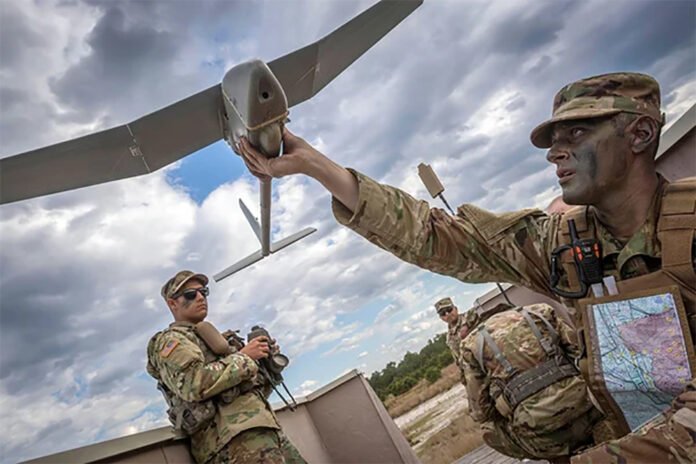Washington: In March 2025, the US government conducted a wargame on how to defend military bases in the United States from drone attacks.
Just three months later, what had seemed a theoretical possibility became frighteningly close to reality. In June 2025 came Ukraine’s Operation Spiderweb. Ukrainian agents had spent months smuggling hundreds of drones deep inside Russia. In a coordinated strike, more than 100 small drones destroyed 20 to 40 Russian warplanes on five airbases scattered from Moscow to Siberia.
The damage extended to more than Russian airpower or the Kremlin’s pride. The drone’s-eye videos of burning bombers sent a chilling signal to nations around the world. If this could happen to Russia, then it could happen to any country — including the United States.
Since 2022, the US Army’s Joint Counter-Small Unmanned Aircraft Systems Office, or JCO, and the RAND Corp. think tank have held six wargames on how to mitigate the drone threat.
“We are trying to understand the policies and authorities we have in place to prevent us from contending with a scenario like Operation Spiderweb,” said Paul Lushenko, an assistant professor at the US Army War College who helped run the drone wargame.
Many of the details of these wargames are classified, but one key finding is that protecting domestic US bases can’t be just the military’s job.
“The tabletop exercise emphasised the need for a framework to integrate, enable, and synchronise state, local, tribal, and territorial authorities into counter-drone operations at or near military bases,” noted an essay by the game’s designers. But this, in turn, raises a slew of jurisdictional and communication issues.





